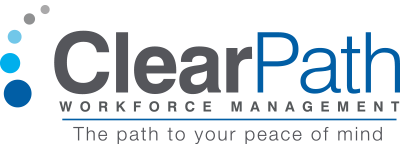The New Age of Hiring: Navigating Multi-State Employee Compliance
In today’s digital age, hiring outside your local area is becoming the norm. Thanks to technology, businesses can expand their horizons, both internally and externally. But with this newfound flexibility comes a fresh set of challenges, especially when it comes to compliance.
Meet Brandon, his engineering firm is currently facing a whirlwind of compliance issues due to hiring across state lines. The moment he hires an employee from a different state, his legal obligations skyrocket. From payroll to taxation, benefits, wage laws, and even discrimination and harassment laws, everything varies state by state. But with a bit of diligence and the right steps, these challenges can be navigated smoothly.
Let’s dive into the world of multi-state HR compliance, with Brandon as our guide …
The Perks of Geographical Diversity
Hiring from various regions isn’t just about filling roles; it’s about enriching your team. By stepping outside the local talent pool, businesses can tap into a diverse range of experiences, backgrounds, and perspectives. This diversity not only fosters innovation but also introduces a healthy competitive edge, ensuring top-notch performance.
Cultivating Your Company Culture
In today’s competitive business landscape, Brandon’s engineering firm, like many others, recognizes the immense value of attracting and retaining top-tier talent. By hiring beyond geographical constraints, companies can tap into a broader pool of ‘A-players’—those individuals who excel in their roles, drive innovation, and consistently outperform their peers. These high-performers not only elevate the quality of work but also set the bar high, fostering a culture where excellence becomes the norm.
Flexibility is the New Functionality
Employees with more flexibility, prove to be more productive. The cloud now allows employees to work from anywhere at any time. When employees have such autonomy, they are not held to a traditional work schedule. The days of working 9 to 5 are a thing of the past! With more time to focus on the clients’ wants and needs, the relationships built are stronger, the work done is at a higher caliber, and the company builds a strong reputation.
Navigating Payroll and Taxation
When employees work across state lines, payroll can get tricky. It’s essential to understand where to withhold taxes, especially with remote employees. Some states have reciprocal agreements, while others might subject employees to double taxation. And if an employee splits their time between home and the office? It’s best to consult a tax expert.
Worker’s Compensation
Most states require that businesses provide workers’ compensation coverage for employees, even if they work from home. But what if a remote worker is injured on the job? In most instances, they can claim benefits, but state laws differ on what constitutes a work-related injury.
To avoid any confusion, set clear guidelines around the job duties and work hours of your remote employees so that you can more easily separate truly work-related claims.
Unemployment insurance
If at least one of your employees conducts business in a state, then you are generally required to pay premiums for state unemployment insurance. So, if your workplace is situated in State A, but an employee or employees work from home in State B, you must generally register with the state unemployment office of State B. A failure to do so may bring penalties for non-compliance.
Ensuring Proper Worker Classification
To reduce payroll taxes and other labor costs, it’s common for employers to want to classify remote workers as independent contractors. But it’s wrong to assume that a remote worker is an independent contractor simply because they work out of state or have some autonomy, working from home.
To determine whether a remote worker is an employee or independent contractor, that worker’s daily activities are just one of the many factors that an agency will consider. Regulators will also look at the economics of the relationship and whether the services the worker provides are integral to the employer’s business and the amount of judgment and initiative the worker exhibits.
Evaluating whether a worker is an independent contractor is a complicated and nuanced process. And different states use different standards in determining who is an independent contractor and who is an employee. Fortunately, Brandon discovered our HR outsourcing services , which helped him to ensure his workers were classified properly, avoiding possible legal jeopardy.
The landscape of remote hiring is changing and with it comes the challenge of multi-state employee compliance. But with the right knowledge, tools, and approach, businesses can navigate this new terrain successfully, reaping the benefits of a diverse and flexible workforce. Just like Brandon’s firm, every business can learn to adapt to this new age of hiring.
Contact us for a comprehensive guide on HR compliance, so you can focus on what you do best—running your business.
ClearPath is a leading Human Resources Outsourcing company focusing on assisting employers to leverage the independent contractor labor market. We’re committed to helping business owners stay compliant and minimize the risks associated with their contingent labor requirements.
No Legal Advice Intended. This article includes general information about legal issues and developments in the law. Such materials are for informational purposes only and may not reflect the most current legal developments. These informational materials are not intended, and must not be taken, as legal advice on any particular set of facts or circumstances. You need to contact a lawyer licensed in your jurisdiction for advice on specific legal issues.
- Written by: Renee Fink
- Posted on: November 6, 2023
- Tags: 1099, 1099 Worker Classification, ENGAGING W-2 WORKERS, FREELANCER, INDEPENDENT CONTRACTOR COMPLIANCE, independent contractor management, Workforce Classification

